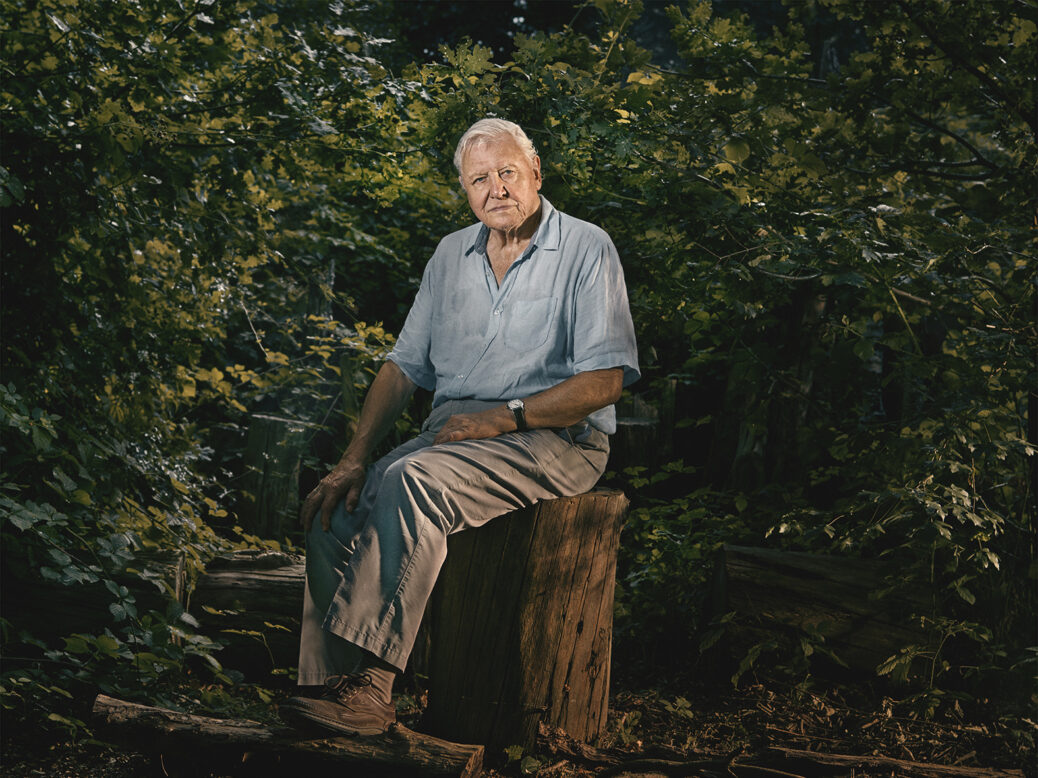
January. The glitter of Christmas is fading and the dark days bring a return, for many, to the isolating experience of home-working in a pandemic. Any joy felt at the brief bout of warm weather is tainted by fear of the climate change it signifies.
It can be easy to feel a little lost. Yet in the face of this dissolution arrives the latest documentary series from the seemingly inexhaustible David Attenborough: Green Planet. After the success of his series Blue Planet (2001) and Blue Planet II (2017), which explored marine wildlife up close, Green Planet turns to plants.



